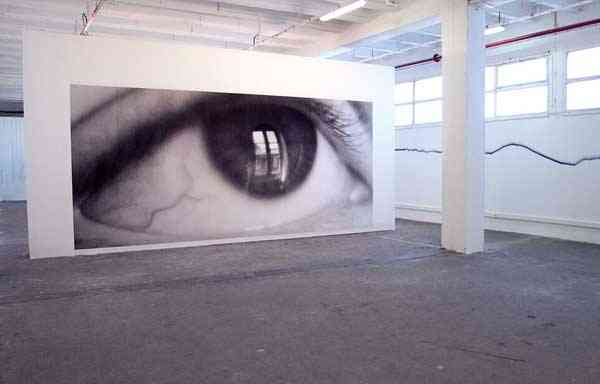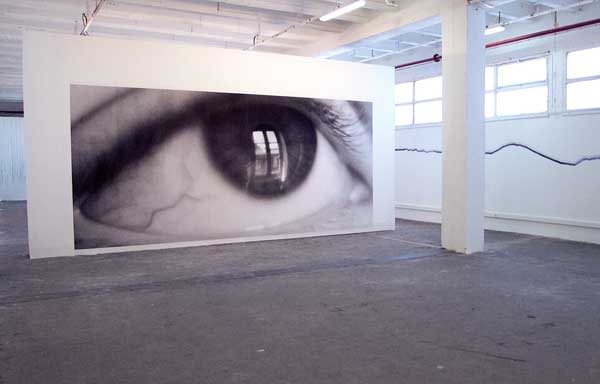Stéphanie Majoral
The Associate Artists program has only existed since 2023, but when publishing our archives online (in 2025), we chose to include former Residents of Astérides and Triangle France who, living in Marseille, would today be considered as such.
Stéphanie Majoral is an Astérides and Triangle France Resident.
Stéphanie Majoral was born in 1966 in Montpellier (FR), she lives and works in Marseille (FR)
Through forms as diverse as drawing, photography, cartography, or installation, Stéphanie Majoral structures her work around the question of the status of the image and one of its corollaries: the point of view. By working with notions such as the off-screen, the specular image, the veiled or obliterated image… she takes us into environments where vision seems suspended in movement. The walk, the path, the wandering, are not here decisions of the mind, but rather the natural continuation and maturation of a vision.
Stéphanie Majoral’s works, as varied as they may be, require of the viewer an active contemplation, a creative participation, as in À la lisière, where the subject literally reconstructs the landscape, where emptiness becomes presence. There is in Stéphanie Majoral a stubborn refusal to produce decisive, definitive images.
Her images resonate like riddles, mysteries to be unraveled; they raise the question of what is at play beyond—not in a Platonic vision that would suggest a transcendental world, but rather in a realm beyond the body. The artist does not create a space in itself, but more precisely a space between selves. Mysterious without cultivating mystery, the dreamlike power of these images does not lie in the solution to the riddle posed, but in the journey that leads us to the work.
Through this movement, this wandering that is also a form of time, the image, as Gide defined it, becomes a “space to be moved.”
The notion of time is essential here: time for the artist, who, in the very making of her work, proceeds invariably in steps, through a slow, meticulous, and progressive accumulation; time for the viewer, faced with an image that does not immediately offer itself up; and finally, time for the work itself, which, by abolishing any frontal vision, invites a walk, a journey through, around, and within itself.
For Stéphanie Majoral’s pieces induce a physical relationship with the viewer. The duality of her images creates a perception in two stages, each slightly shifting the perception of the other: much like a wanderer who, taking in the landscape offered before their eyes (thus outside of themselves), desires to be within it—and once that desire is fulfilled, simultaneously envisions themselves within that landscape, perceiving both the whole and a fragment of it, in a view both real and imagined.
This play between multitude and detail, the whole and its fragment, is found throughout Stéphanie Majoral’s work. “Fragment: piece of a broken object,” says the Petit Robert.
Broken like a mirror into a thousand and one pieces, breaking the reflective image so that it becomes opaque. To focus on the broken piece is to desire to see through opacity, and to refuse to see through transparency.
What is striking in Stéphanie Majoral’s work is the persistence and internal coherence of her practice, its rigorous unity: everything echoes everything else in a movement that resolves into an identity—we see ourselves seeing.
Stéphanie Majoral’s work is on display during the exhibition Denis Brun, Sydney Houillier, Stéphanie Majoral, Florent Mattei, Lionel Scoccimaro, Nano Valdès, 1999; Fictionary, 2000; Throokinglass, 2002 and Trabendo, 2003.

